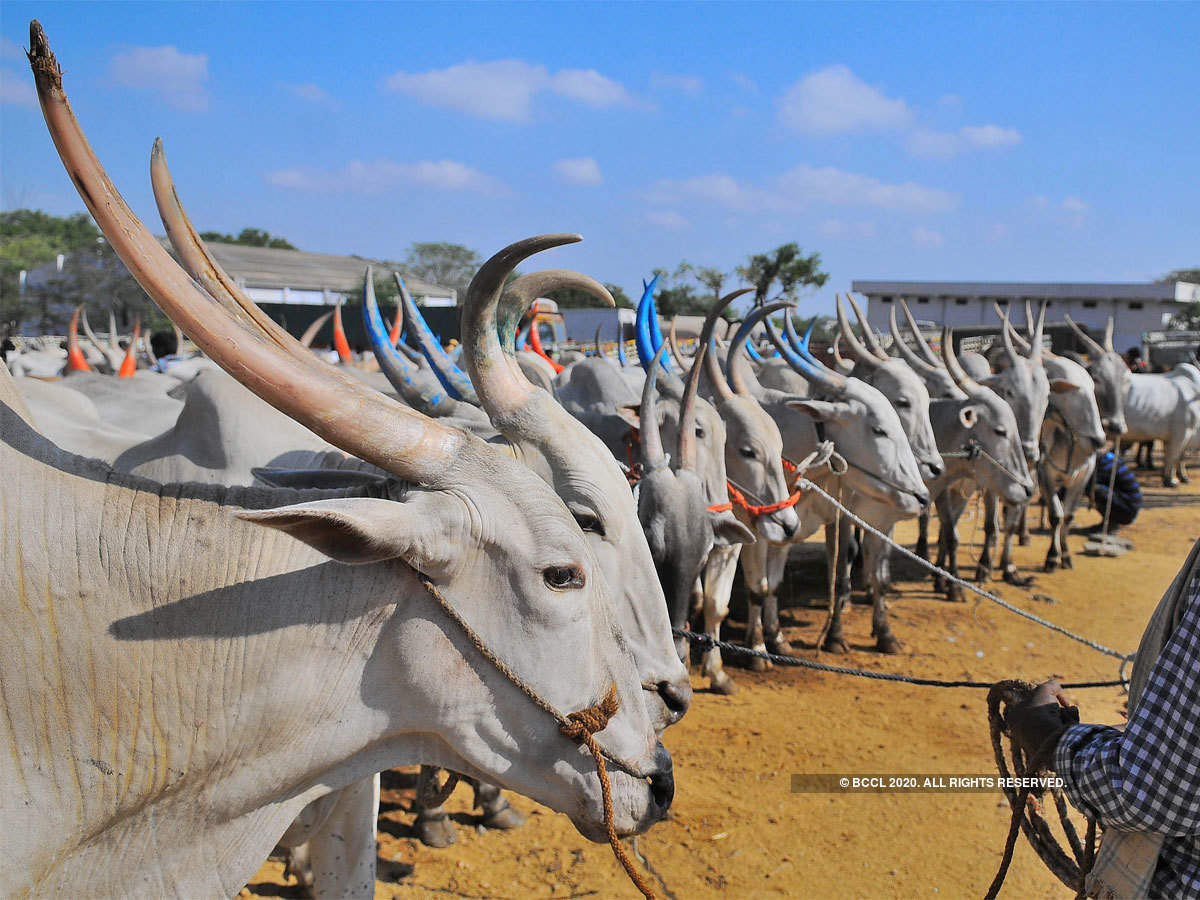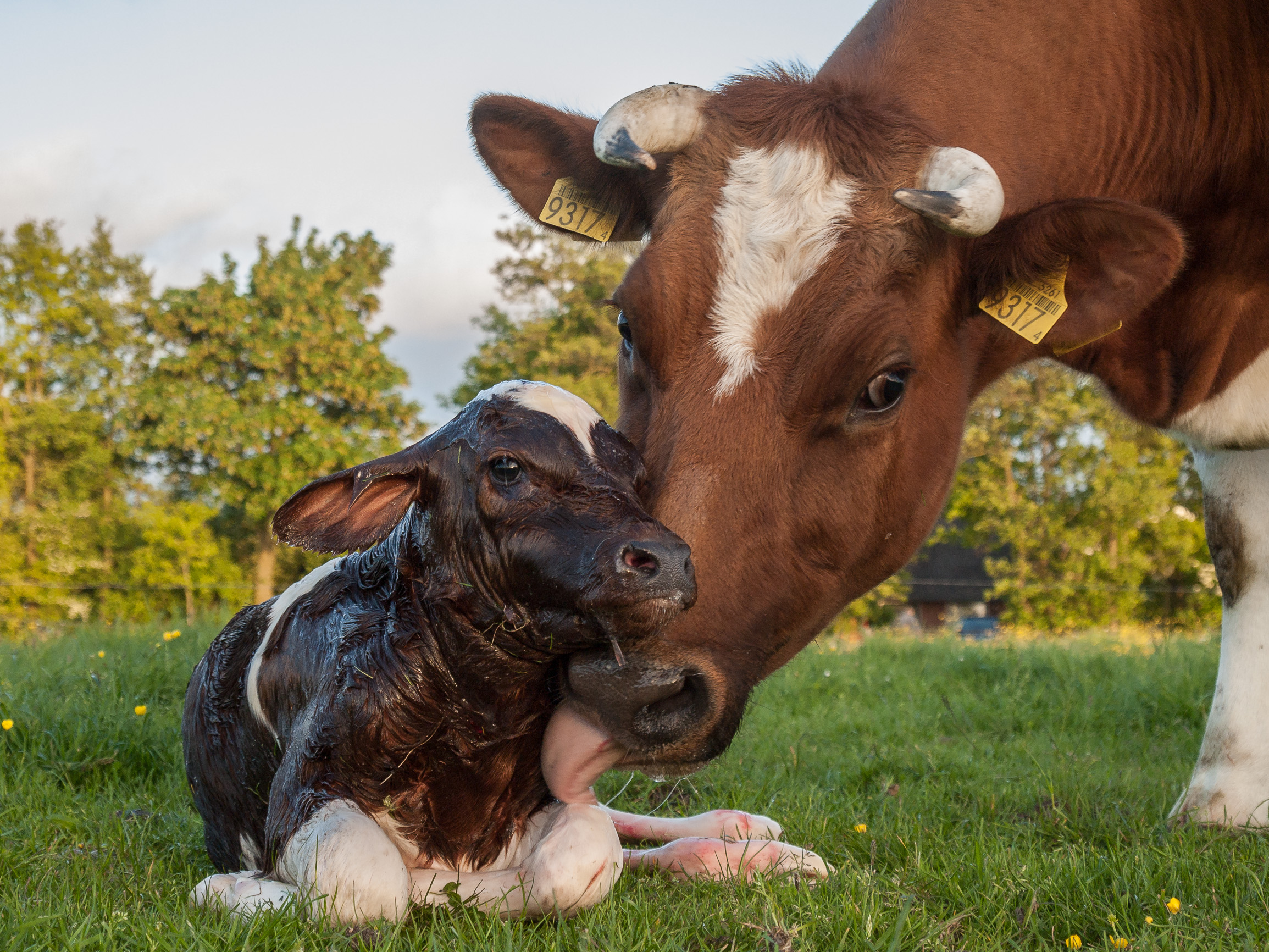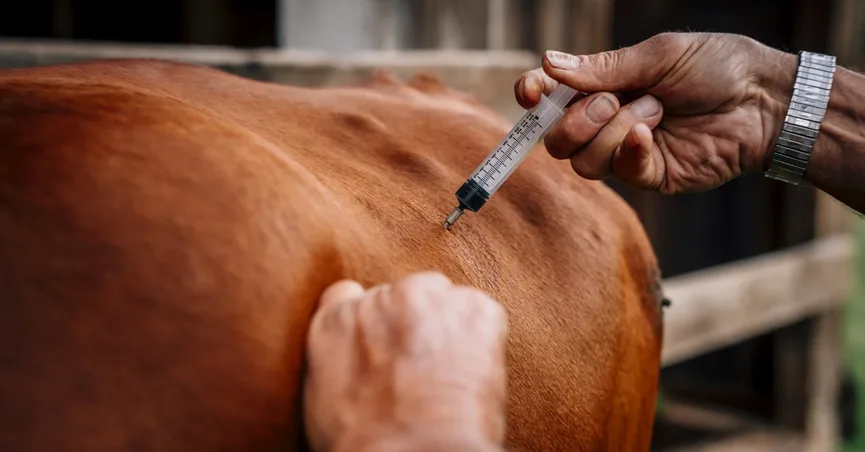Are You Milked With Dark White Lies?
Posted on July 6th, 2020

Credits: BCCL
Animal cruelty, bloodshed, meat consumption and slaughter are often associated with non-vegetarianism. Rarely do we see voices raised against the dairy industry where the cattle are exploited as well as forced to live in inhumane conditions which is not suitable for any living being to live in.
The dairy industry is often presented to consumers as wholesome and humane. What actually goes on at dairy farms doesn’t match up with the message. The reality of dairy farming is far different than the simple cartoonish look of a happy cow on milk cartons and packages of cheese. No cow ever gives her milk happily for humans to consume, as we are made to believe. If I was so unfortunate to be born a cow in today’s animal agriculture system, being a dairy cow would be my worst nightmare.
It is impossible for the cows to have any resemblance of a normal life. They spent their most of their life in a stall sized area where the sludge of their urine and feces promote bacterial growth and create unsafe conditions for the cows.
Right from their birth the industry inaugurates the horrors where calves are snatched from their mothers just days after birth. The emotional bond between a parent a mother – and a child is one of the strongest experiences a human can have. We know that the mother-child bond in humans is cemented through voice, proximity, and skin-to-skin contact, as well as nourishing the child with milk but in their case but the dairy industry seeks to take away those rights.

After being torn away from their mothers, calves will spend much of their lives in extreme confinement. In fact, most will spend the first 2 to 3 months of life confined in lonely barren hutches, fed a diet of milk replacer while humans drink the milk intended for them. Male calves are either sent to slaughterhouses or to leather industries. Females are kept alive and go through the entire milking-to-slaughter cycle again.
These gentle giants mourn the deaths of and even separation from those they love, sometimes shedding tears over their loss. The mother/calf bond is particularly strong, and there are countless reports of mother cows who continue to call and search frantically for their babies. So, when you see a cow mooing around and has tears in their eyes, just don’t give them food or pet them, instead have a sense of empathy with them and understand their sufferings.
Artificial Insemination
The cow’s gestation cycle mimics the human one, producing one calf per year at about nine months between conception and delivery. But a vast majority of animals on dairy farms are subjected to repetitive, forced pregnancies in order to produce as much milk as possible.
It’s simple math: the more frequently a cow gets pregnant, the more milk she can produce.
Imagine a woman getting pregnant within a couple months of delivering a child. Then imagine her getting pregnant over and over again for the rest of their life. It’s hard on the body and mind and has to relive the same traumatizing experience again

In order to continue the milking process and keep the mother lactating, a khalbaccha — a makeshift calf is placed next to her. In certain farms, the tail and the head of the young calf is dismantled from the carcass and is placed at the ends of the stick.
Horrors of Indian Dairy Industry
It may seem that cattle in India are protected, but they are tortured daily. Inexperienced men using unsterile equipment to artificially inseminate dairy animals, animals being brutally hit with sticks, chains or sold to slaughter houses when there is a drop in milk production.
People transporting them pinch the animals’ genitals to force them to move, rub chilly powder into their eyes to distort their vision and break their tails to make them submissive. At slaughterhouses and tanneries, animals are not stunned before being butchered. All these practices violate the Prevention of Cruelty to Animals (PCA) Act, 1960, Transport Rules, 1978, Slaughterhouse Rules, 2001, and various high court and Supreme Court orders.

This is the reality of dairy industry which we often don’t get to see or even if we know we tend to ignore it. It is ironic how they are argued upon when it comes to milk and beef. India, the largest producer of milk also happens to be the largest producer of beef. People protest and express their anger on beef eating but the same people are quiet when it comes to exploitation of cows for their milk and encourage push for beef exports.
Conclusion
It’s true that milk contains many of the essential nutrients we need to survive. However, we can find those nutrients through other foods. It’s important to know you might not feel any different after giving up dairy.
However, you won’t feel worse, which is an important distinction.

What many people fail to discuss about the dairy industry is that cows are social. They band together in herds to protect one another because they’re stronger together than apart. Calves often spend their entire lives with their mothers. They bond just like humans do, and they need socialization to feel content and safe.
We may not observe these atrocities on these mellowing beings in our nearby small tabelas(cow-sheds) but it’s not a reason to believe that horrors in dairy industry doesn’t exist
We have to make consumption equitable so that we have fewer animals suffering in this cruel industry
We humans need to understand that animals have every right to live peacefully without any form of exploitation. Showing power over the voiceless makes us no less of an animal in fact makes us worse.


